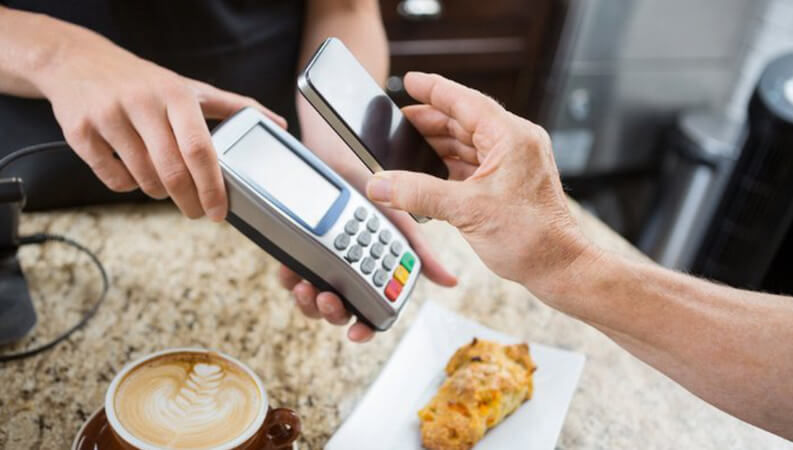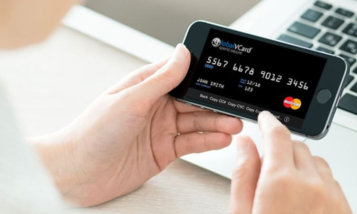Using smartphone apps, consumers can have groceries and restaurant food delivered directly to their homes and offices. However, the in-restaurant experience has changed very little in recent years, with diners still finding they must either wait in line or sit at a table and have servers take their orders. The entire process can be subject to slowdowns, especially during busy times. As customers sit at their tables, waiting for someone to bring the check at the end of the meal, they often wonder if technology will ever bring an easier way.
Fortunately, there are several technologies on the way that may make the restaurant experience run more smoothly. Not only will they allow restaurants to operate with fewer employees, they’ll provide conveniences for customers. Some of these technologies are already in place in restaurants across the country.
Food Deliveries
While restaurant food delivery has been around for decades, new services promise to expand a customer’s options beyond sweet and sour chicken and pizza. GrubHub is one of the most established, although Seamless and DoorDashare providing serious competition. Some local services have emerged, as well, for customers who aren’t in the major cities serviced by most of these apps. Instead of contacting a restaurant and placing an order by phone, these apps let customers choose from multiple participating businesses, add food to their shopping carts, and pay through the service rather than individual restaurants.
To-Go Pickup
For customers who don’t mind picking up food, apps have made to-go ordering easier. Chili’s is an example of a chain that allows customers to order food online, then park outside for curbside delivery. Applebee’s has also added online ordering to its Carside To Go program. Fast food restaurants have found innovative ways to offer similar services. Taco Bell customers can place an order through an appand have it prepared when they pull into the parking lot. The Starbucks app lets customers skip the line and head straight to the pickup area when they arrive, with their orders already prepared and paid in full.
Pay At Table
Firebirds Wood Fired Grill has joined Chili’s and Applebee’s in offering Pay-at-Table options in its restaurants. Pay at Table puts tablets at each table, complete with card swipers and receipt printers that let customers pay when they’re ready to go. They can even add a tip and sign. This frees up servers to focus on taking orders and dispatching food, although in many cases they still have to remind customers to pay using the tablet. The technology is even more valuable in busy bars, where customers have a difficult time waving down bartenders to pay their tabs when they’re ready to leave.
Apps Instead of Servers
Although the vast majority of full-service restaurants still use humans to take customer orders, one Chinese restaurant has made the leap to app-based ordering. Eventually restaurants could let customers place orders using tabletop tablets instead of sending servers over. However, convincing customers to make the switch could prove difficult. One study found that customers prefer interacting with servers to ordering via an app. However, Chili’s lets customers order appetizers and desserts using the tabletop tablet and as a result, sales on those items have increased by 20 percent. While it may be a while before U.S. restaurants make the switch to app-based ordering, customers will likely see technology play a greater role in how they get service at restaurants.
Contactless Payments
Fast food restaurants are among the many businesses now accepting payments through mobile apps like Apple Pay and Android Pay. Called contactless payments, these technologies let customers pay at the register using their smartphones or smartwatches. Experts in the restaurant industry are advising business owners to prepare to accept contactless payments in their restaurants and in England, the technology has already taken off. Spending in pubs and restaurants has risen 92 percent since last fall and contactless payments are now the preferred method for almost half of British shoppers.
With so many exciting changes happening in the restaurant industry, it’s important for owners of these establishments to pay attention. Customers will soon expect to be able to order and pay conveniently, often using same mobile devices that increasingly power most of the purchases they make every day.



